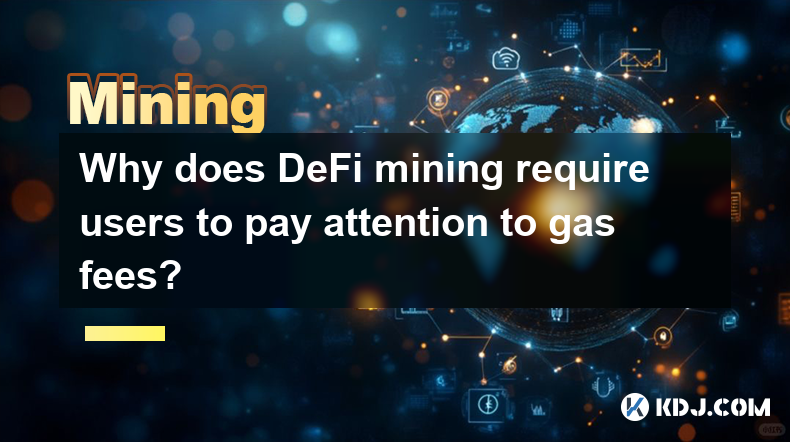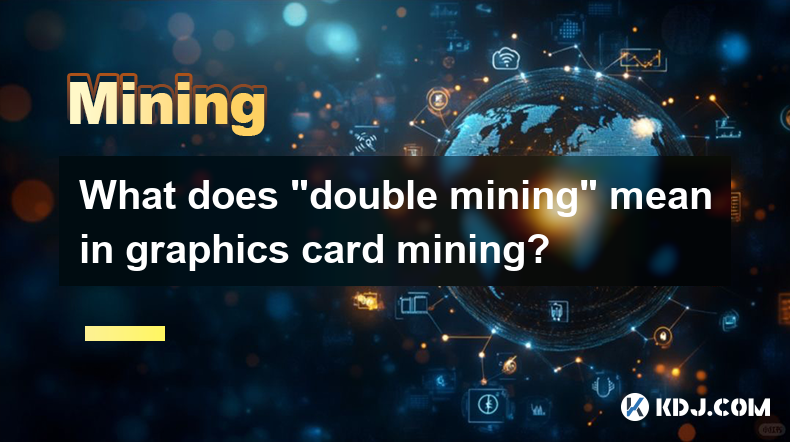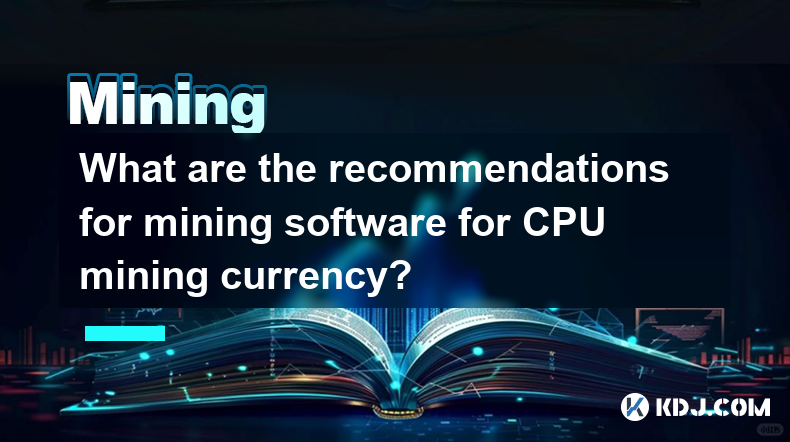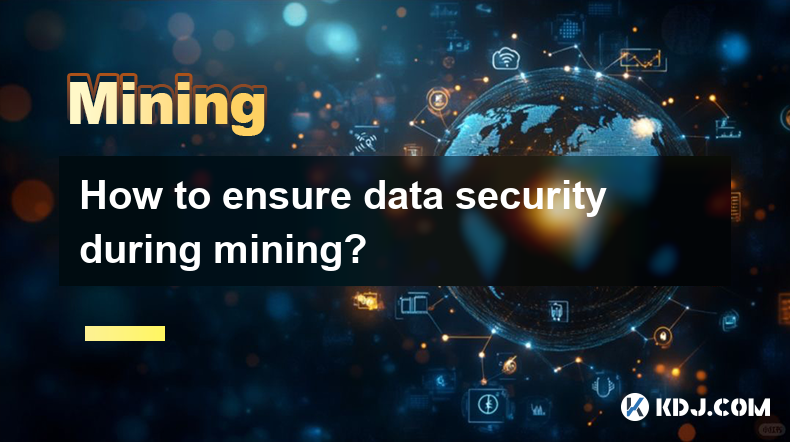-
 Bitcoin
Bitcoin $82,666.6102
-0.79% -
 Ethereum
Ethereum $1,784.7960
-1.02% -
 Tether USDt
Tether USDt $0.9996
0.02% -
 XRP
XRP $2.1257
-0.64% -
 BNB
BNB $592.3902
-0.42% -
 USDC
USDC $0.9999
0.02% -
 Solana
Solana $117.4685
-1.68% -
 Dogecoin
Dogecoin $0.1672
-1.55% -
 Cardano
Cardano $0.6486
-2.86% -
 TRON
TRON $0.2388
-0.62% -
 Chainlink
Chainlink $12.6264
-1.48% -
 UNUS SED LEO
UNUS SED LEO $8.9748
-4.45% -
 Toncoin
Toncoin $3.2369
-5.07% -
 Stellar
Stellar $0.2523
-3.16% -
 Avalanche
Avalanche $17.8476
-2.45% -
 Shiba Inu
Shiba Inu $0.0...01211
-1.64% -
 Sui
Sui $2.1892
-2.55% -
 Hedera
Hedera $0.1597
-3.77% -
 Litecoin
Litecoin $82.3531
-1.88% -
 Polkadot
Polkadot $3.9109
-4.55% -
 MANTRA
MANTRA $6.2589
-1.98% -
 Bitcoin Cash
Bitcoin Cash $297.7127
-1.02% -
 Dai
Dai $1.0001
0.04% -
 Bitget Token
Bitget Token $4.4351
-2.15% -
 Ethena USDe
Ethena USDe $0.9991
-0.03% -
 Pi
Pi $0.6450
21.59% -
 Monero
Monero $216.0365
0.55% -
 Hyperliquid
Hyperliquid $11.4792
-0.63% -
 Uniswap
Uniswap $5.8107
-0.91% -
 OKB
OKB $50.4811
4.99%
Why does DeFi mining require users to pay attention to gas fees?
Gas fees are crucial in DeFi mining as they impact profitability, transaction speed, and competition; managing them effectively can optimize mining returns.
Apr 05, 2025 at 10:28 am

DeFi mining has become a popular way for users to earn passive income in the cryptocurrency space. However, one aspect that users must pay close attention to is gas fees. Gas fees are transaction fees on the Ethereum network, and they play a crucial role in the DeFi mining process. Understanding why gas fees are important and how they affect DeFi mining can help users make more informed decisions and optimize their earnings.
What are Gas Fees?
Gas fees are payments made to miners on the Ethereum network for processing and validating transactions. They are measured in units called "gas," and the price of gas is determined by the current market demand. When users interact with DeFi protocols, such as providing liquidity or swapping tokens, they need to pay gas fees to execute these transactions on the blockchain. The higher the demand for network usage, the higher the gas fees tend to be.
Why are Gas Fees Important in DeFi Mining?
Gas fees are crucial in DeFi mining because they directly impact the profitability and efficiency of mining operations. Here are some key reasons why users need to pay attention to gas fees:
Profitability: High gas fees can significantly eat into the profits earned from DeFi mining. If the fees exceed the rewards, users may end up losing money instead of earning it. Monitoring gas fees helps users determine whether a particular mining opportunity is worth pursuing.
Transaction Speed: Gas fees also affect the speed at which transactions are processed. Higher fees incentivize miners to prioritize and process transactions more quickly. In DeFi mining, timely execution of transactions can be crucial, especially when participating in time-sensitive opportunities like yield farming or liquidity provision.
Competition: The DeFi space is highly competitive, and gas fees play a role in determining who gets their transactions processed first. Users who are willing to pay higher gas fees may have an advantage over others in securing profitable mining positions or participating in limited-time opportunities.
How Gas Fees Affect Different DeFi Mining Strategies
Different DeFi mining strategies are affected by gas fees in unique ways. Let's explore some common strategies and how gas fees come into play:
Yield Farming: Yield farming involves providing liquidity to DeFi protocols in exchange for rewards. Gas fees are incurred when users deposit or withdraw their liquidity. High gas fees can reduce the overall returns from yield farming, especially if users need to frequently adjust their positions.
Liquidity Mining: Similar to yield farming, liquidity mining requires users to provide liquidity to earn rewards. Gas fees are paid when users add or remove liquidity from pools. The impact of gas fees on liquidity mining depends on the frequency of transactions and the size of the positions.
Staking: Staking involves locking up tokens to support the operation of a blockchain network and earn rewards. While staking itself may not require frequent transactions, users still need to pay gas fees when delegating or undelegating their stakes. The impact of gas fees on staking returns is generally lower compared to yield farming or liquidity mining.
Token Swapping: Many DeFi mining strategies involve swapping tokens to optimize returns or participate in different opportunities. Gas fees are incurred when users execute token swaps on decentralized exchanges (DEXs). The cost of swapping tokens can significantly impact the overall profitability of a mining strategy.
Strategies for Managing Gas Fees in DeFi Mining
Given the importance of gas fees in DeFi mining, users can employ several strategies to manage and optimize their gas fee expenses:
Timing Transactions: Users can monitor gas fee trends and execute their transactions during periods of lower demand when fees are typically lower. Tools like GasNow or EthGasStation provide real-time data on gas prices, helping users make informed decisions.
Batching Transactions: Instead of executing multiple small transactions, users can batch their transactions together to reduce the overall gas fees. For example, instead of making multiple deposits or withdrawals, users can consolidate their actions into a single transaction.
Using Gas-Optimized Protocols: Some DeFi protocols are designed to be more gas-efficient than others. Users can research and choose protocols that have lower gas costs for similar operations. For instance, some DEXs offer more gas-efficient token swapping mechanisms.
Layer 2 Solutions: Layer 2 scaling solutions, such as Optimism or Arbitrum, can significantly reduce gas fees by processing transactions off the main Ethereum chain. Users can explore DeFi mining opportunities on these layer 2 networks to minimize their gas expenses.
Automating Transactions: Users can set up automated transactions using smart contracts or DeFi platforms that allow for scheduled actions. This can help avoid peak gas fee periods and ensure timely execution of mining-related activities.
The Impact of Gas Fees on DeFi Mining Profitability
Gas fees can have a substantial impact on the profitability of DeFi mining. Let's consider a hypothetical example to illustrate this:
Suppose a user is participating in a yield farming opportunity that offers a 10% annual percentage yield (APY). The user provides $10,000 worth of liquidity and expects to earn $1,000 in rewards over a year. However, if the user needs to pay $50 in gas fees every time they deposit or withdraw their liquidity, and they need to adjust their position four times a year, the total gas fees would be $200 ($50 x 4).
In this case, the gas fees would reduce the user's net earnings to $800 ($1,000 - $200), resulting in an effective APY of 8% instead of 10%. As gas fees increase or the frequency of transactions rises, the impact on profitability becomes even more pronounced.
The Role of Gas Fees in DeFi Mining Competition
Gas fees also play a significant role in the competitive landscape of DeFi mining. When multiple users are vying for the same mining opportunities, those willing to pay higher gas fees may have an advantage in securing their positions. This is particularly relevant in scenarios like:
Initial Farm Offerings (IFOs): IFOs are limited-time opportunities where users can provide liquidity to new DeFi projects in exchange for tokens. The demand for these opportunities can drive up gas fees, and users who are willing to pay more may have a better chance of participating.
Flash Loans: Flash loans are uncollateralized loans that must be repaid within the same transaction. They are often used in arbitrage or liquidation strategies within DeFi. Higher gas fees can affect the profitability of these strategies and influence which users can successfully execute them.
Governance Voting: Some DeFi protocols allow users to participate in governance by voting on proposals. Gas fees are incurred when users cast their votes. In competitive governance scenarios, users who are willing to pay higher fees may have their votes processed more quickly, potentially influencing the outcome of the vote.
The Future of Gas Fees in DeFi Mining
As the DeFi ecosystem continues to evolve, the role of gas fees in mining is likely to change. Several developments could impact the future of gas fees:
Ethereum 2.0: The transition to Ethereum 2.0, with its proof-of-stake consensus mechanism and sharding technology, is expected to significantly reduce gas fees and increase the scalability of the network. This could make DeFi mining more accessible and profitable for a wider range of users.
Layer 2 Adoption: The growing adoption of layer 2 scaling solutions could further reduce the impact of gas fees on DeFi mining. As more DeFi protocols and applications move to layer 2, users may be able to participate in mining opportunities with lower transaction costs.
Gas Fee Optimization: Ongoing research and development in the Ethereum community are focused on optimizing gas fees and making them more predictable. Improvements in gas fee estimation and dynamic pricing mechanisms could help users better manage their mining expenses.
Alternative Blockchains: The rise of alternative blockchains with lower transaction fees, such as Solana or Avalanche, could draw some DeFi mining activity away from Ethereum. Users may explore mining opportunities on these networks to reduce their gas fee burden.
Conclusion
In conclusion, gas fees are a critical factor that DeFi miners must consider when participating in various mining strategies. By understanding the role of gas fees, monitoring their impact on profitability, and employing strategies to manage them effectively, users can optimize their mining operations and maximize their returns. As the DeFi ecosystem continues to evolve, staying informed about gas fee trends and developments will be essential for successful mining in the future.
Common Questions
Q: What are gas fees, and why are they important in DeFi mining?
A: Gas fees are transaction fees paid to miners on the Ethereum network for processing and validating transactions. They are crucial in DeFi mining because they directly impact the profitability, transaction speed, and competitiveness of mining operations. High gas fees can reduce mining profits, while strategic management of gas fees can optimize returns.
Q: How do gas fees affect different DeFi mining strategies?
A: Gas fees impact various DeFi mining strategies differently. In yield farming and liquidity mining, gas fees are incurred when users deposit or withdraw liquidity, affecting overall returns. Staking involves gas fees for delegating or undelegating stakes, while token swapping in mining strategies incurs fees on decentralized exchanges. The frequency and size of transactions determine the impact of gas fees on each strategy.
Q: What strategies can users employ to manage gas fees in DeFi mining?
A: Users can manage gas fees by timing their transactions during periods of lower demand, batching transactions to reduce overall fees, using gas-optimized protocols, exploring layer 2 solutions, and automating transactions to avoid peak fee periods. These strategies help minimize the impact of gas fees on mining profitability.
Q: How do gas fees influence competition in DeFi mining?
A: Gas fees play a role in DeFi mining competition, particularly in scenarios like Initial Farm Offerings (IFOs), flash loans, and governance voting. Users willing to pay higher gas fees may have an advantage in securing limited-time opportunities, executing profitable strategies, or influencing governance outcomes.
Q: What future developments could impact gas fees in DeFi mining?
A: Future developments like Ethereum 2.0, increased layer 2 adoption, gas fee optimization, and the rise of alternative blockchains with lower fees could all impact gas fees in DeFi mining. These advancements may make mining more accessible and profitable by reducing transaction costs and increasing network scalability.
Disclaimer:info@kdj.com
The information provided is not trading advice. kdj.com does not assume any responsibility for any investments made based on the information provided in this article. Cryptocurrencies are highly volatile and it is highly recommended that you invest with caution after thorough research!
If you believe that the content used on this website infringes your copyright, please contact us immediately (info@kdj.com) and we will delete it promptly.
- Aptos (APT) Spot ETF Application by Bitwise Asset Management Sparks Fresh Excitement in the Crypto Market
- 2025-04-06 00:20:12
- Bitcoin and Ethereum Prices End Q1 of 2025 in the Red
- 2025-04-06 00:20:12
- CryptoQuant Reveals the Growing Influence of “New Whales” in the Bitcoin Market
- 2025-04-06 00:15:12
- NoviqTech Tokenizes Recycled Amines on Hedera Network
- 2025-04-06 00:15:12
- FX Guys (FXG) Token, The Next 100x Altcoin
- 2025-04-06 00:10:12
- DePIN track leader Roam will participate as a primary sponsor in the 2025 Hong Kong Web3 Carnival
- 2025-04-06 00:10:12
Related knowledge

What does "double mining" mean in graphics card mining?
Apr 04,2025 at 08:35pm
In the world of cryptocurrency, the term 'double mining' refers to a specific technique used in graphics card mining to maximize the efficiency and profitability of mining operations. This method involves simultaneously mining two different cryptocurrencies using the same graphics card. The concept of double mining has gained popularity among miners who...

Why does DeFi mining require users to pay attention to gas fees?
Apr 05,2025 at 10:28am
DeFi mining has become a popular way for users to earn passive income in the cryptocurrency space. However, one aspect that users must pay close attention to is gas fees. Gas fees are transaction fees on the Ethereum network, and they play a crucial role in the DeFi mining process. Understanding why gas fees are important and how they affect DeFi mining...

What is the market prospect of CPU mining currency?
Apr 04,2025 at 09:14am
The concept of CPU mining currency has gained traction in the cryptocurrency community due to its accessibility and potential for decentralization. Unlike GPU or ASIC mining, which often requires significant investment in specialized hardware, CPU mining can be performed using standard computer processors. This makes it an attractive option for individu...

What are the recommendations for mining software for CPU mining currency?
Apr 05,2025 at 05:49pm
CPU mining, while less efficient than GPU or ASIC mining, can still be a viable option for mining certain cryptocurrencies. This article will explore the best software options available for CPU mining, providing detailed recommendations and insights into their features and performance. Understanding CPU MiningCPU mining involves using a computer's centr...

How to ensure data security during mining?
Apr 05,2025 at 08:28am
Ensuring data security during mining is crucial, as miners handle sensitive information and perform transactions that need to be protected against unauthorized access and cyber threats. This article will delve into various strategies and best practices to secure data during the mining process, focusing on the cryptocurrency sphere. Understanding the Ris...

How do mining equipment for Dogecoin mining deal with hardware failures?
Apr 03,2025 at 09:15am
Dogecoin mining, like other forms of cryptocurrency mining, relies heavily on specialized hardware to perform the necessary computations to mine new coins. However, as with any technology, mining equipment can encounter hardware failures. This article will explore how mining equipment for Dogecoin mining deals with such failures, covering various aspect...

What does "double mining" mean in graphics card mining?
Apr 04,2025 at 08:35pm
In the world of cryptocurrency, the term 'double mining' refers to a specific technique used in graphics card mining to maximize the efficiency and profitability of mining operations. This method involves simultaneously mining two different cryptocurrencies using the same graphics card. The concept of double mining has gained popularity among miners who...

Why does DeFi mining require users to pay attention to gas fees?
Apr 05,2025 at 10:28am
DeFi mining has become a popular way for users to earn passive income in the cryptocurrency space. However, one aspect that users must pay close attention to is gas fees. Gas fees are transaction fees on the Ethereum network, and they play a crucial role in the DeFi mining process. Understanding why gas fees are important and how they affect DeFi mining...

What is the market prospect of CPU mining currency?
Apr 04,2025 at 09:14am
The concept of CPU mining currency has gained traction in the cryptocurrency community due to its accessibility and potential for decentralization. Unlike GPU or ASIC mining, which often requires significant investment in specialized hardware, CPU mining can be performed using standard computer processors. This makes it an attractive option for individu...

What are the recommendations for mining software for CPU mining currency?
Apr 05,2025 at 05:49pm
CPU mining, while less efficient than GPU or ASIC mining, can still be a viable option for mining certain cryptocurrencies. This article will explore the best software options available for CPU mining, providing detailed recommendations and insights into their features and performance. Understanding CPU MiningCPU mining involves using a computer's centr...

How to ensure data security during mining?
Apr 05,2025 at 08:28am
Ensuring data security during mining is crucial, as miners handle sensitive information and perform transactions that need to be protected against unauthorized access and cyber threats. This article will delve into various strategies and best practices to secure data during the mining process, focusing on the cryptocurrency sphere. Understanding the Ris...

How do mining equipment for Dogecoin mining deal with hardware failures?
Apr 03,2025 at 09:15am
Dogecoin mining, like other forms of cryptocurrency mining, relies heavily on specialized hardware to perform the necessary computations to mine new coins. However, as with any technology, mining equipment can encounter hardware failures. This article will explore how mining equipment for Dogecoin mining deals with such failures, covering various aspect...
See all articles




















































































